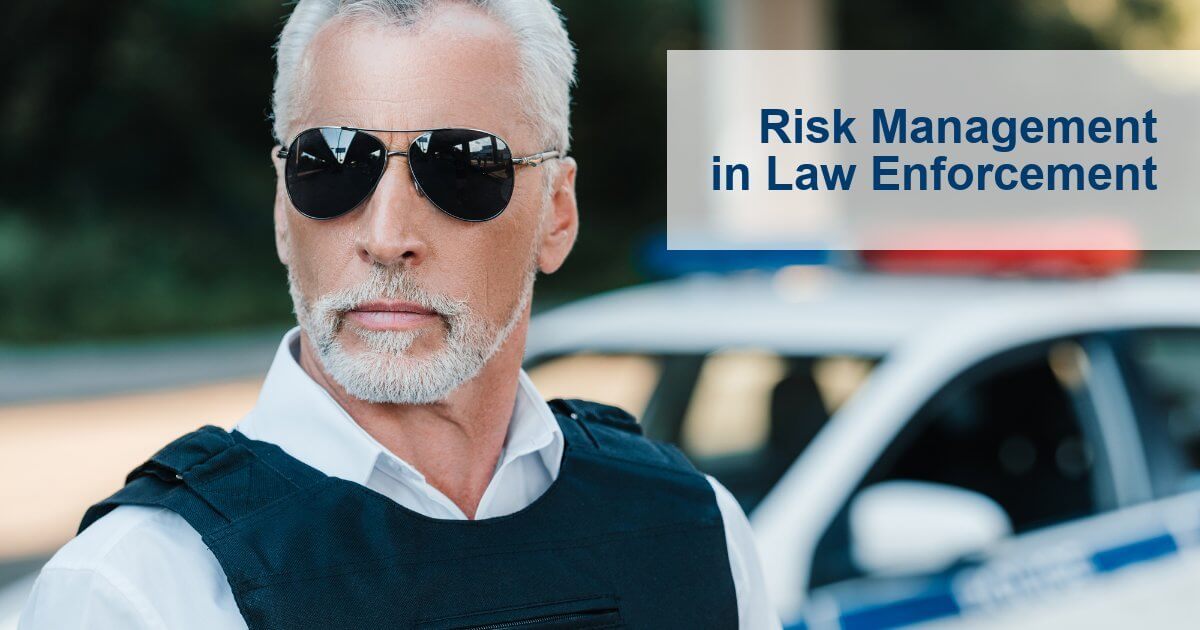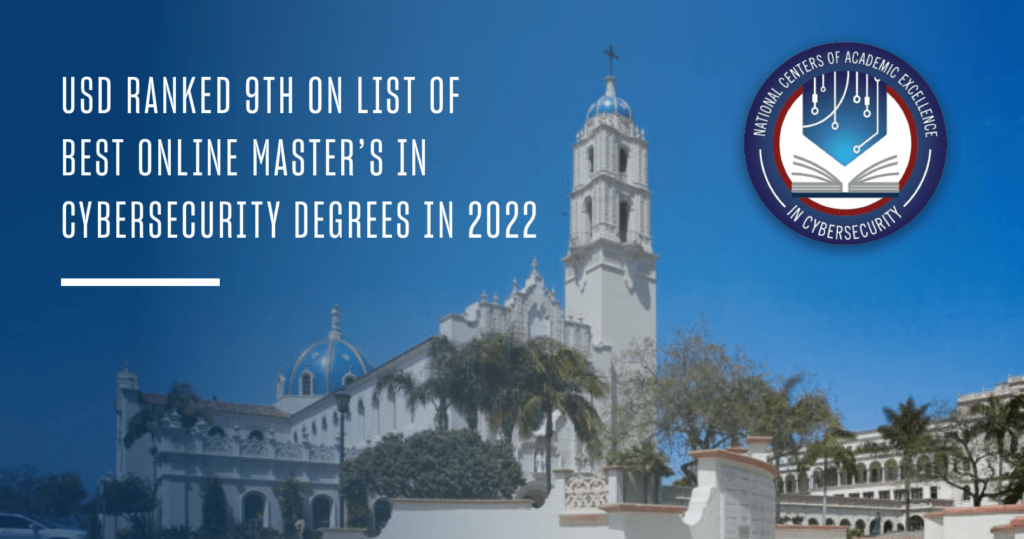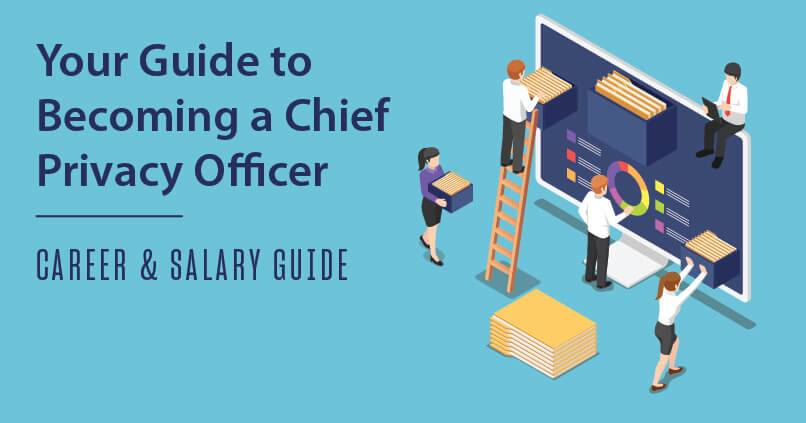Risk is an everyday fact of life for law enforcement organizations.
Risks to the life and safety of the officers. Risks facing the community they are sworn to serve and protect. Financial and reputational risks involving cases of police misconduct. Risks involving new technology that did not exist a generation ago.
“Everything you do both in life and law enforcement involves a level of risk,” police risk management expert Gordon Graham said in an address to the International Association of Chiefs of Police. An attorney, law enforcement veteran and co-founder of the risk management firm Lexipol, Graham continued, “When you hire people, there is a level of risk. When you fire people, there is a level of risk. When you back up a patrol car, there is a level of risk. When you swear on an affidavit or warrant, there is a level of risk.”
Graham — whose talk was summarized in a PoliceOne.com report titled “The 10 Risks Police Agencies Face (And How To Avoid Them)” — asserted that many law enforcement agencies compound that risk by failing to enact risk management policies and protocols.
With the spectrum of risk arguably more expansive than ever, Graham used some tough talk to challenge law enforcement leaders to get serious about police risk management, saying, “We do not know jack about risk management and, worse than that, we think we do.”
Not surprisingly, when Police Chief Magazine surveyed law enforcement leaders on which non-tactical subjects should receive more emphasis in recruitment and officer training, many of them answered with these two very important words: risk management.
In a Police Chief Magazine article titled “Risk Management: A Key Component in Public Safety,” Tulsa Public Schools Police Chief Matthias Wicks asserts that law enforcement risk management is absolutely essential. “Risk management protocol is one of the most important components in law enforcement and public safety,” he said, “both in the daily administrative mayhem and operational duties.”
Risk Management in Law Enforcement (Types of Risk)
Life and Safety Risks
Of course, the most significant risks are those involving the lives and safety of law enforcement professionals and the people and communities they are sworn to protect and serve. Some 128 officers died in the line of duty in 2017, and that represents one of the lowest death rates of the last 50 years.
Risk of Litigation
Another high-profile area of risk for law enforcement agencies is the potential for costly litigation arising from police misconduct cases. A 2015 Wall Street Journal analysis of police misconduct cases found that the ten U.S. cities with the largest police departments paid $248.7 million in legal settlements in 2014. In addition to their financial impact, these cases also risk damaging a department’s reputation, which can erode trust and impede community relations.
Technology Risks
Unlike their peers from decades ago, police today work in a high-tech world of drones and facial recognition software, body cameras and live-streaming smartphone videos. There are also numerous instances of law enforcement agencies being hit by serious ransomware attacks, including one that infected the Atlanta Police Department and cost the city millions of dollars.
Social Media Risks
Now that every smartphone owner has their own video camera and live-streaming capabilities, the risk of police interaction with the public going “viral” is greater than ever before. While some say this creates a new layer of accountability for law enforcement, there is also the risk that judgments can be made based on video footage that does not show the entire situation. The risk of off-duty officers posting something regrettable on social media, and thus drawing negative attention to the department, must also be considered.
External Risks
Police agencies face many types of risks over which they have little to no control, according to Graham — for example, “risks as diverse as weather, pandemics, criminal street gangs, terrorists or train tracks through your community.” This is why police risk management protocols must also include disaster management plans.
Internal/Organizational Risks
That cliché about “one bad apple” is particularly resonant in police cultures, since the actions of one or a few officers can seriously damage the reputation of an entire department. Therefore, law enforcement leaders are advised to be more vigilant during recruitment and training to strengthen their background check policies (perhaps even conducting ongoing background checks) and to use performance evaluations as a risk management tool.
Risks ‘Lying in Wait’
In Graham’s speech to the police chiefs, he spoke at length about these and numerous other risks that law enforcement agencies must guard against, including specific scenarios like the following that he described as potential “problems lying in wait”:
- A cop with racial bias
- A jail deputy who doesn’t understand policies
- A street cop who doesn’t understand the Fourth Amendment
- A supervisor who wants to be everyone’s best friend
Additional Law Enforcement Risks
When it comes to day-to-day policing, there are many common law enforcement situations that are also fraught with risk. These include:
- Vehicular pursuits
- Arrests involving the use of force
- Confrontations with combative subjects
- Mental health-related calls
- Domestic calls
- Negative media attention
How to Strengthen Risk Management in Law Enforcement Agencies
Though it is “a relatively new concept for many law enforcement organizations,” adopting and enforcing a comprehensive approach to risk management is “critically important” for today’s law enforcement leaders, according to Capt. Rex M. Scism, a 30-year law enforcement veteran writing about “Risk Management for Law Enforcement” in Police Magazine.
A report by the U.S. Department of Justice’s Community Oriented Policing Services (COPS) division on “Risk Management in Law Enforcement” quotes Graham as emphasizing three fundamental components at the core of risk management:
- The first step is to recognize the risks of a particular job.
- Next, prioritize those risks according to “potential frequency, severity and available time to think prior to acting.”
- Last, take action to manage or mitigate the recognized and prioritized risks.
The COPS report offers several specific strategies to improve risk management in law enforcement organizations. These include:
Leadership and culture — Top leadership must create a culture that emphasizes organization-wide risk management policies and priorities.
Accreditation — Use of third-party accreditation services is recommended to help law enforcement agencies create a comprehensive focus on risk management.
Recruiting and hiring the right people — Departments should place heightened emphasis on screening out inappropriate candidates “based on attitudes, egos, mental health profiles and other criteria.”
Enhanced training — Training should be expanded to address issues such as “constitutional policing, crisis intervention, procedural justice, implicit bias, de-escalation, nonlethal force alternatives, mass demonstration management, driving and traffic safety.”
Developing appropriate systems of supervision and review — Leadership should educate and prepare line supervisors for their role in risk identification, risk mitigation and risk management; and task them with correcting behavior that conflicts with departmental risk management protocols.
Sentinel event reviews and early warning systems — Law enforcement agencies should conduct thorough reviews of “negative incidents” (such as an officer-involved shooting or near miss) to help strengthen the system and help avoid potential future risks.
Police-community relations — It is essential to cultivate “open and transparent communication with the community through regular meetings, surveys, social media and community policing.” This can include proactive public safety activities as well as regular meetings with “key populations that have the highest levels of risk for negative experiences with law enforcement.”
Use of force — Police and local officials should work together to implement and enforce policies pertaining to “high-risk law enforcement actions such as use of force, mass demonstrations, stop and frisk, and patterns of profiling.”
Officer safety and wellness — Law enforcement risk managers are encouraged to prioritize efforts to improve officer safety and wellness, including physical and mental health, driving safety and the proper use of protective gear.
In his Police Chief Magazine article, Wicks asserts that in order to build a culture of risk management, “the concept must be taught, reinforced and consistently branded throughout the systems of the agency (e.g., training, policies, procedures, communications, incentives and rewards, role modeling, discipline).”
How Law Enforcement Education Relates to Risk Management
All of the experts agree that implementing a successful risk management strategy starts with strong leadership from the top.
For police chiefs and law enforcement leaders seeking to build a strong top-down risk management culture within their department, another strategy involves encouraging command staff to pursue opportunities for advanced education that can better equip them to gain a holistic view of their department and its operations, specifically including potential areas of risk.
For example, the University of San Diego’s innovative online M.S. in Law Enforcement and Public Safety Leadership offers intensive instruction in the types of organizational leadership, analytical skills, critical thinking strategies, legal awareness, financial acumen and superior communication abilities that are essential to effective risk management leadership.





